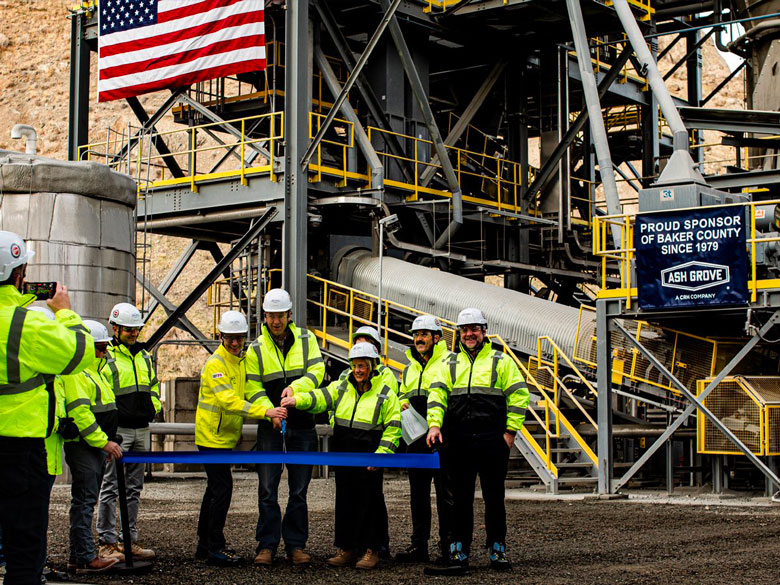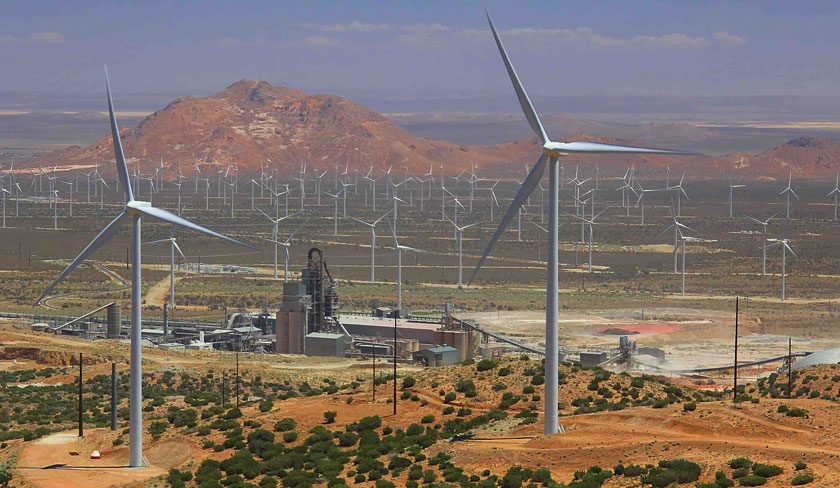In 2023, Votorantim Cimentos globally emitted 556 kg of CO2 per tonne of cement produced, 4% less than in 2022. The company’s 2030 decarbonization target, approved by the Science Based Target initiative (SBTi), is 475 kg of CO2 per tonne of cement.
Between 1990 and 2023, Votorantim Cimentos reduced CO2 emissions per tonne of cement produced by 27%.
“The most competitive and sustainable companies will be those with the lowest greenhouse gas emissions. In all countries where we operate, we are committed to advancing in our decarbonization journey, in line with our goal of producing carbon-neutral concrete by 2050,” said Álvaro Lorenz, global director of sustainability, institutional relations, product development, engineering and energy at Votorantim Cimentos.
Votorantim Cimentos’ global thermal substitution rate through coprocessing was 31% last year. This result reflects investments to modernize plants and the use of new sources of alternative fuels, mainly waste and biomass, to replace fossil fuels in cement production kilns. Its goal is to reach 53% by 2030. Additionally, the company’s clinker factor went from 73.9% in 2022 to 72.8% in 2023. Votorantim’s goal for 2030 is to achieve a clinker factor of 68% by increasing the use of alternative raw materials, in line with the concept of a circular economy.
In 2023, 35.1% of the electricity consumed by Votorantim Cimentos came from renewable sources, compared to 22.9% in 2022. This increase is the result of the implementation of the Ventos do Piauí project in Brazil and the use of wind energy in Spain. The company’s goal is to have 45% of the energy consumed globally come from renewable sources by 2030.



